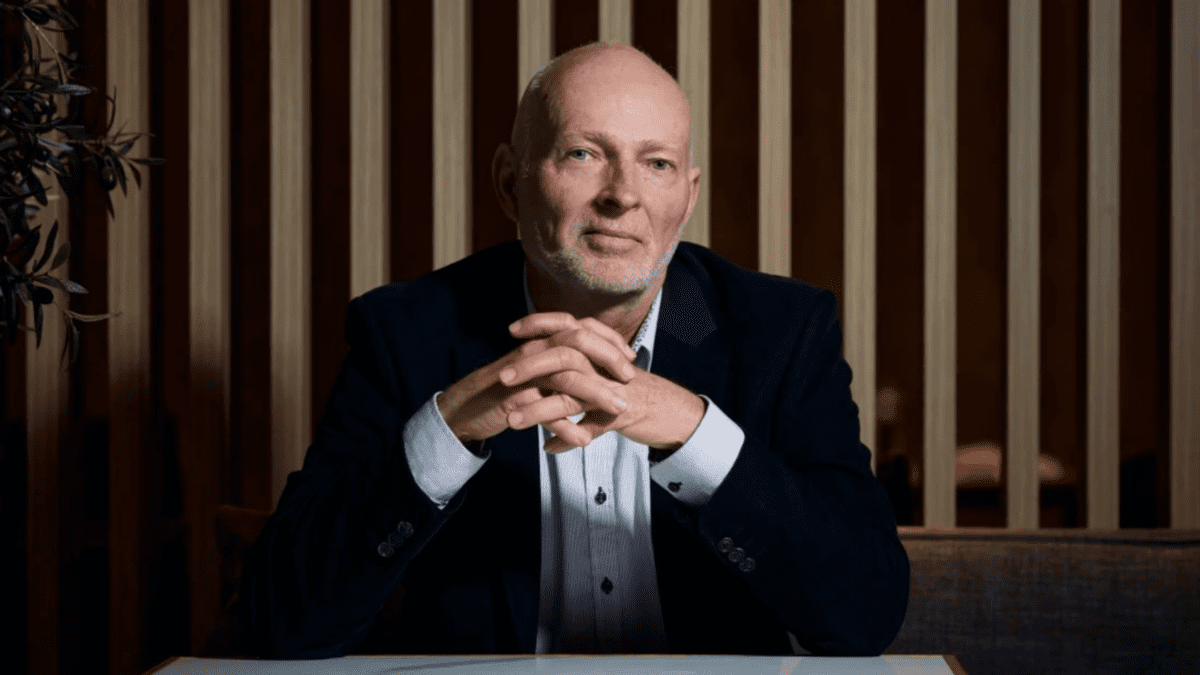Dispersion increases as value vs growth trade gets muddled
As you would have expected, growth and technology-based stocks were the big winners this year posting spectacular gains during some volatile times. But a lot has changed since the start of the year. Disruption caused by the COVID-19 lockdowns and the heavy stimulus required to keep the economy afloat has sent inflation fears ripping through markets as the US Fed prepares to end the easy money era of the pandemic. The first interest rate rise may be as soon as 2022 as inflation picks up. CBA tipping Australia’s interest rates to rise in November next year. It’s a going to be a bumpy ride.
Some are saying the growth / tech bonanza is over, and the bull run in growth stocks is at an end. In its place, some believe, are the unloved value stocks. Despite the recent switch to value, a recent underperformance has wiped out some of the gains attributed to this style of investing. Yet headlines and fund manager communiques remain full of hope for the sector. Looking at the construction of fund manager portfolios today, they are dominated by mega cap growth names.
Growth’s outperformance through to 2020 was driven by falling interest rates and strong buying momentum from investors struck by the fear of missing out.
For a short while, investors appeared to be in love with value stocks with the banks, oil companies, airlines and REITs all gaining ground. But growth once again seems to be back on the cards with stocks like Afterpay (ASX:APT) rising 41.30% in a month.
With inflation and interest rates now likely to rise sooner than expected the narrative goes like this: According to fa-mag.com, “Growth stocks are winners when interest rates are low because they represent more distant cash flows, while value represents shorter-duration cash in hand.” That is, investors would rather buy high growth stocks with potentially large but riskier distant profits over stocks with lower proven and predictable cashflows.
So why did Afterpay rise when rates are the enemy of growth stocks? According to the AFR, “Afterpay co-CEO Anthony Eisen has stared down the threat of higher rates, declaring that it would in fact give the company a competitive advantage against other buy now, pay later rivals.” He explained that even if interest rates doubled or tripled, it wouldn’t affect profit margins because the duration of their receivables book is very short compared to conventional financiers that lend over longer periods and more exposed to rate rises.
So, what is it, value or growth? Covid winners or losers? Interest rate winners or losers? It’s all very confusing. Maybe we need assess stocks on an individual basis rather than lump them in a group. Here are the top and bottom fifteen ASX100 stocks in the year. We’ve included both just to show you how wide the gap from top to bottom is:

The worst performing sectors were infrastructure, gold, healthcare, airports and toll roads. And it makes sense, the ‘Covid-19 losers’. The world spent the most of 2020 in lockdown creating the perfect economic shock that took its toll on the bottom line of infrastructure, toll road and airport companies. Most entered Covid-19 heavily in debt. Some don’t survive… remember Virgin Australia? Without consumers or Government, it’s a tough game.
Then there’s the healthcare sector. You’d think with such defensive characteristics and high-quality brand names involved in the pandemic; the sector would have done reasonably well. It didn’t. What was occurring was an unwinding of the Covid-19 beneficiary trade. It hasn’t been a great year for the healthcare sector, but many expect it to recover. The healthcare index is up 9.7 per cent for the year, but that’s a far cry from the rest of the market. It’s the opportunity lost that is rather painful.
In the table below, we’ve included broker consensus and commentary for the laggards of the
ASX 100 Index. The biggest opportunities going by broker consensus is with TPG Telecom (ASX:TPG) which is trading at a 63% discount to its broker target price, currently $5.99. The stock is down 32.70% in the year.
According to the AFR, “Investors wiped nearly $1 billion from the market value of TPG Telecom after its reclusive chairman David Teoh,” resigned from the board. He had been the founder and backbone of TPG’s success and his shock decision to exit came after the Vodafone Hutchinson Australia merger was complete. Investors have unfairly punished the company, it’s however in recovery rising from its $4.91 low hit in May to $6.00 today, a 22% increase already.
Morgans has an Overweight recommendation with a $9.75 target price. The broker says there are “cyclical and structural tailwinds assisting the technology, media and telecom sector (TMT).” TPG also received a small increase in funding of mobile networks in regions. All in all, TPG looks to be the best opportunity in the ASX 200 on a broker perspective.









